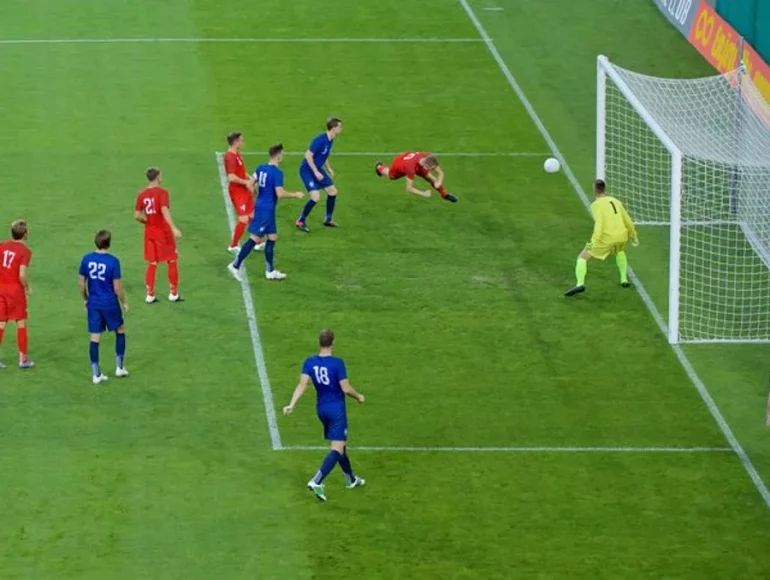- Premier League will introduce semi-automatic offside technology (SAOT) in the 2024-2025 season.
- SAOT promises faster and more accurate offside decisions, reducing errors and delays.
- The system, developed by Genius Sports, builds on the Video Assistant Referee (VAR) but with quicker processing.
- AI’s growing role in football includes applications in scouting and strategy analysis.
- SAOT is expected to debut in the autumn, with its success to be judged by players and fans.
Main AI News:
The English Premier League is set to introduce advanced AI technology to assist referees with offside decisions, marking a significant step towards modernizing the game and reducing the controversies surrounding these rulings. As the 2024-2025 season begins, the league will roll out a semi-automatic offside technology (SAOT) to improve the speed and accuracy of these critical decisions.
Premier League clubs unanimously approved adopting the SAOT system in April, recognizing its potential to deliver quicker and more consistent judgments. The technology debuted at the 2022 World Cup in Qatar, where it impressed with its ability to provide precise decisions swiftly. Tony Scholes, the Premier League’s Chief Football Officer, emphasized that this technology will accelerate the decision-making process and enhance the overall confidence in officiating.
Traditionally, offside calls—which occur when a player is ahead of the last defender when the ball is passed—have relied on the judgment of linespersons. However, human limitations have often led to errors, affecting match outcomes. The introduction of the Video Assistant Referee (VAR) in 2019 sought to mitigate these errors, but it has faced criticism for disrupting the flow of the game due to lengthy reviews.
The SAOT system, developed by Genius Sports and its subsidiary Second Spectrum, builds upon the foundation laid by VAR. The new technology, known as “Drago,” first appeared at the Arab Cup in 2021 and demonstrated its capability by enabling referees to make offside decisions in under 10 seconds. During the 2022 World Cup, SAOT utilized 12 tracking cameras and transmitted data 500 times per second to monitor both the ball and 29 points on each player’s body, ensuring unprecedented accuracy.
Despite the need for human input to assess whether an offside player is actively involved in the play, SAOT’s rapid processing is expected to reduce the delays that have plagued VAR significantly. The Premier League’s move to incorporate this technology is part of a broader trend in football, where AI is increasingly used to enhance various aspects of the game, from player scouting to tactical analysis.
For example, Google Cloud’s partnership with the Football Association (FA) leverages AI to analyze scouting reports and identify emerging talent. Similarly, Google’s DeepMind has collaborated with Liverpool FC on TacticAI, a tool that advises coaches on strategy based on extensive data analysis.
Although the SAOT will not be implemented at the start of the season, it is slated to debut in the autumn. Its effectiveness will ultimately be evaluated by the players and fans, who will be at the forefront of witnessing how AI continues to influence the future of football.
Conclusion:
The integration of AI in the Premier League, particularly through the adoption of semi-automatic offside technology, represents a significant shift towards the modernization of football. This development is poised to enhance the accuracy and efficiency of officiating, which could lead to a more seamless viewing experience and potentially reduce the controversies that have historically plagued the sport. For the market, this signals a broader trend of AI adoption in sports, opening opportunities for tech companies to collaborate with leagues and teams. The success of such technologies could spur further investments in AI-driven solutions, influencing how sports are played, managed, and consumed globally.

